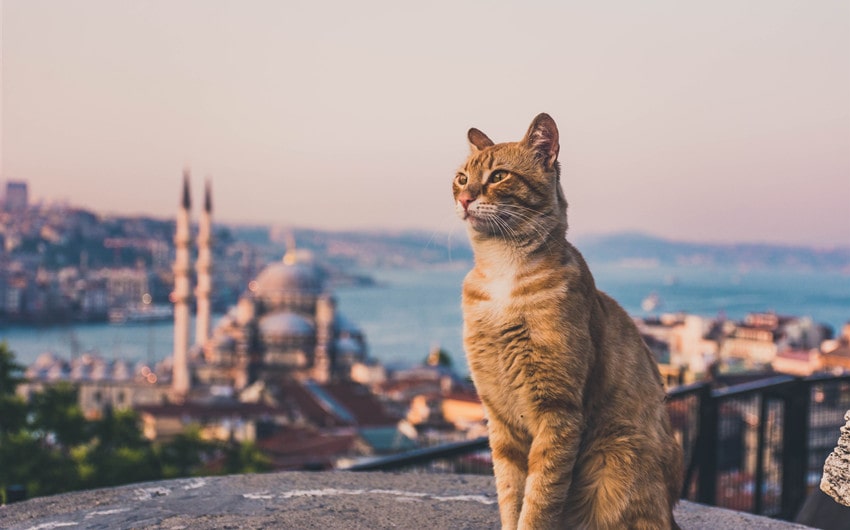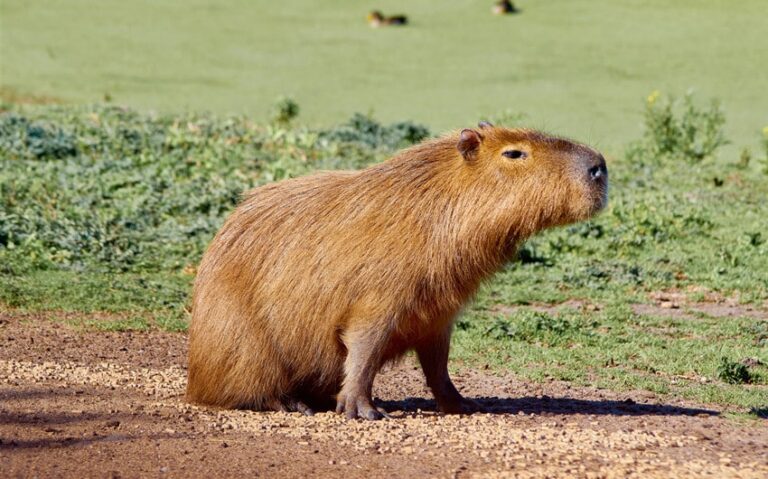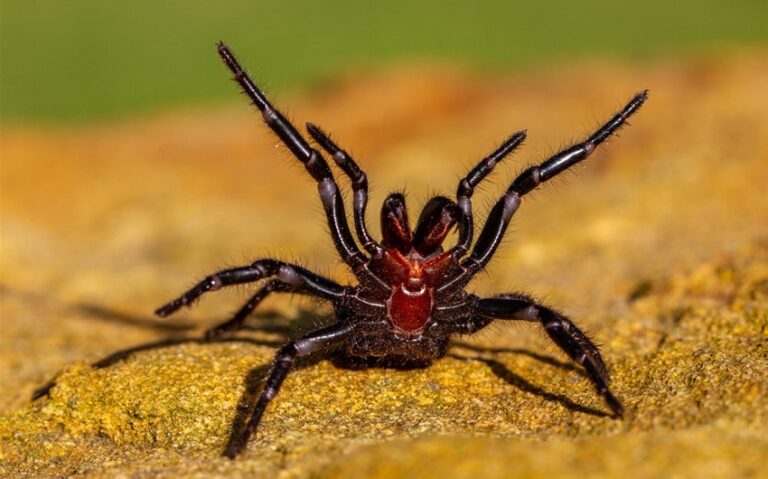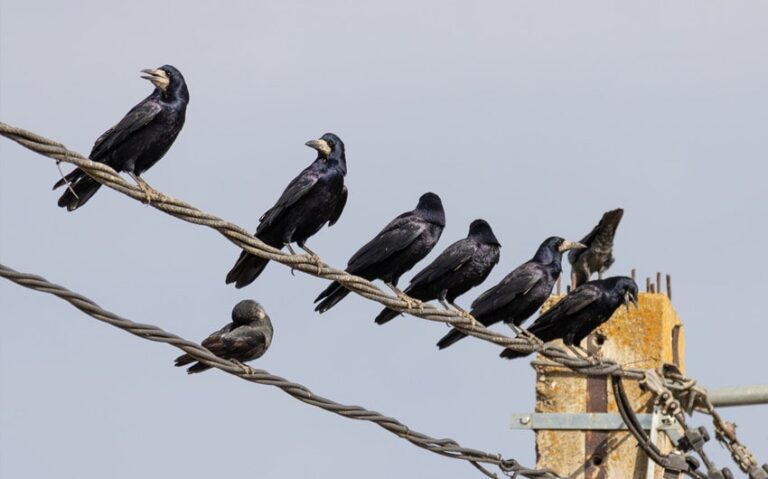Why Are There So Many Cats in Istanbul and How the City Embraces Them
When I first arrived in Istanbul, I expected architectural wonders, Ottoman grandeur, and vibrant bazaars. I didn’t expect to find a cat curled up on every bench, perched on fences, sunbathing on parked scooters, and being served food in alleys by total strangers. These weren’t feral animals, afraid or hiding. They were confident, relaxed—even regal. And people seemed to treat them as neighbors. I’d never seen anything like it. I had to know: why are there so many cats in Istanbul? And why do they seem so at home?
A Legacy That Dates Back to the Ottoman Empire—and Long Before
Cats have been part of Istanbul for thousands of years, dating back to the days when it was still known as Byzantium, then Constantinople, and eventually Istanbul. As a major port city surrounded by water, Istanbul was a key trade hub for centuries. With constant movement of ships, came the inevitable stowaways: rats and mice. To combat them, cats were welcomed aboard. Once docked, these feline mousers would often jump ship—and many stayed behind, finding homes among the people of the city.
During the Ottoman era, cats became more than just practical pest control. They were part of daily life. In old Ottoman neighborhoods, cats were often seen patrolling the streets, courtyards, and gardens. Some wealthier households even took them in, not as pets in the modern sense, but as animals worthy of protection and kindness. People built stone cat fountains in the city’s courtyards to provide them with clean drinking water. Some Ottoman scholars and poets even wrote about cats with admiration, describing them as creatures of grace and mystery.
This long legacy created a foundation where cats weren’t just tolerated—they were embedded in the city’s cultural memory as companions, guardians, and sometimes even as spiritual figures.
Islamic Teachings Help Shape a Deeply Rooted Respect
Another major reason for Istanbul’s cat-loving culture lies in religion. In Islam, cats are viewed as clean animals, and there are numerous hadiths—sayings of the Prophet Muhammad—that encourage their care and protection. One of the most famous stories recounts how the Prophet cut off part of his garment rather than disturb a cat sleeping on it. In another, a woman is condemned for cruelty to a cat, underscoring that neglect or harm toward these animals is considered sinful.
These teachings have had a powerful and lasting influence on Muslim-majority societies, and in Istanbul—where religion remains a major cultural force—they help explain why cats are treated with such gentle familiarity. They’re often found inside mosques, lounging in corners or napping in courtyards. Worshippers allow them to come and go freely. There’s an unspoken agreement: cats belong here, too.
For many, caring for cats is seen as an act of sadaqah—voluntary charity. Offering food or water to a street animal isn’t just kindness; it’s a moral and spiritual act, deeply rooted in faith. This sense of responsibility makes cats more than just strays. It makes them part of a larger cultural ethic that rewards quiet care.
They’re Not Just Strays—They’re Collective Citizens
In most cities, stray animals are viewed as a problem to be solved. In Istanbul, cats occupy a unique and protected space in the urban landscape. They aren’t owned by anyone, yet they aren’t wild either. Instead, they’re part of the collective care of the community—fed by shopkeepers, protected by residents, and often recognized as individuals with names and routines.
It’s not unusual to see bowls of kibble and clean water set out on sidewalks, or homemade wooden shelters with cat-sized doors tucked against apartment walls. Local businesses leave blankets out in the winter. Some neighborhoods even have designated cat parks—little green spaces where felines gather, sleep, and socialize.
What struck me most was how everyone seemed to take part in this care. It’s not centralized or enforced by law (though there are laws now—more on that soon). It’s just expected. If you see a cat, you acknowledge it. Maybe you feed it. Maybe you give it a pat on the head. But you never ignore it. These animals aren’t invisible—they’re recognized, accepted, and respected.
Local Government and Laws Support Feline Welfare
What makes this system work even better is that it isn’t just cultural—it’s also structural. Istanbul’s municipal authorities actively support animal welfare, particularly for street cats and dogs. Since 2004, Turkish law has formally recognized the rights of stray animals. Municipal veterinarians provide free vaccinations and spay/neuter services, and it’s common to see “ear-tipped” cats on the street—a sign they’ve been sterilized and returned safely to their neighborhood.
In some areas, the city has installed automated cat-feeding stations that dispense food and water when activated by movement. There are even “cat ambulances” that respond to emergencies involving injured street animals. The city isn’t just tolerating cats—it’s actively working to make their lives better.
And this official support blends seamlessly with the informal care provided by citizens. It’s a rare example of government policy and community action aligning toward the same goal: treating animals not as problems to solve, but as living beings to live alongside.
Cats Have Become a Symbol of Istanbul’s Soul
Somehow, over the years, Istanbul’s cats have become more than residents. They’ve become icons. Cats are featured on postcards, murals, social media pages, and souvenir shop windows. Street cats have Instagram followers. There are calendars, documentaries, and even coffee table books dedicated to their images and stories.
The documentary Kedi, released in 2016, captured this phenomenon beautifully. It followed seven cats across the city, showing not just their daily routines, but also the people who cared for them—fishermen, bakers, retirees. Watching it, I realized something profound: these animals connect people. They serve as quiet companions, emotional anchors, and even sources of community pride. For some, caring for cats becomes a way of healing, grounding, or simply finding joy in an unpredictable world.
And in a city layered with history, cats somehow manage to slip between the cracks of empires, religions, and modernity—claiming a space that is entirely their own. They are part of Istanbul’s identity now, woven into its rhythm like the call to prayer or the scent of roasted chestnuts on a cold evening.
Yes, There Are Challenges—But the Model Works
No system is perfect. Istanbul’s stray cat population is huge—estimates vary, but some believe there are over 100,000 cats on the city’s streets. Not all are healthy. Not all get the care they need. Disease, hunger, and injury are real issues, and not every neighborhood has the same resources or attitudes.
Animal welfare activists continue to push for stronger legislation, better medical support, and more consistent sterilization efforts. Some argue that the “community care” model, while compassionate, doesn’t always address the long-term sustainability of street animal populations. It’s a valid concern.
But compared to many global cities, Istanbul has managed to create something rare: a coexistence between humans and animals that feels symbiotic. Cats aren’t policed. They aren’t boxed in. They’re simply part of the city’s living ecosystem, and most residents accept the occasional meow at the doorstep as part of urban life.
Istanbul’s Cats Remind Us That Coexistence Is Possible
So why are there so many cats in Istanbul? Because people made space for them. Because faith, history, and community values aligned to offer care instead of rejection. Because for centuries, no one closed the door on them. Instead, they opened it—and sometimes left out a saucer of milk.
What I saw in Istanbul wasn’t just a city full of cats. It was a city that had quietly decided that living alongside another species wasn’t just tolerable—it was meaningful. It reminded me that compassion doesn’t always need rules or structure. Sometimes it just needs small acts repeated every day: a bowl of water, a shared patch of sun, a warm glance on a cold morning.
And somehow, in doing that, the city created something extraordinary—something far bigger than cats. It created a culture of coexistence. And that, more than anything, is what made me fall in love with it.



